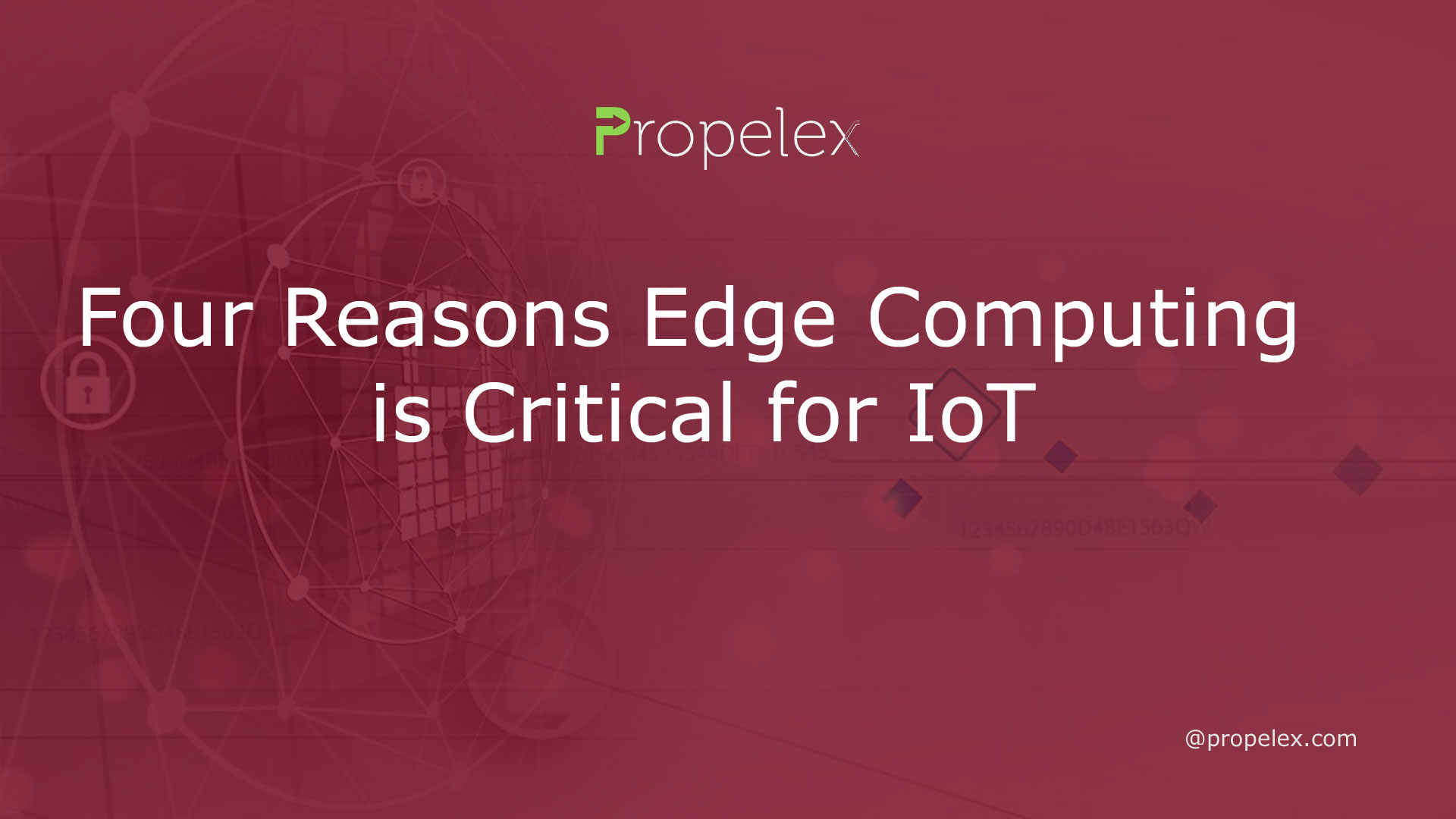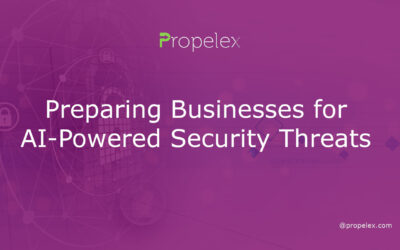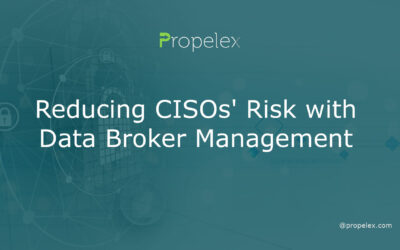Edge computing offers several advantages, one being its proximity to the end user – leading to reduced latency and bandwidth usage.
Additionally, it enables real-time data processing, eliminating the need to wait for results from a remote cloud or data center. It offers an effective solution for various applications.
1. Reduced latency
Latency, or the time it takes for data to move from one point to another, can have an enormous effect on how quickly business decisions are made. Therefore, many organizations are searching for solutions that can reduce this latency in processing data and sending results back to a central data center.
Edge computing offers these advantages by bringing essential services and applications closer to their source, enabling devices to operate over much lower bandwidth than possible on traditional networks. This reduces congestion and latency issues, so more data can be processed in shorter amounts of time.
An industrial manufacturer could utilize edge computing to monitor equipment health and detect production errors before they happen. Doing so helps the business avoid costly downtime, boost efficiency, and enhance product quality.
Retailers can leverage edge technology to provide more tailored shopping experiences for customers, leading to improved customer satisfaction and increased sales.
Oil and gas companies can use edge technology to monitor pipelines and assets. This helps keep them secure, productive, and reduces their energy consumption.
Healthcare is another industry where edge computing plays a pivotal role, as it provides physicians with more precise, real-time data about patient health. Furthermore, it reduces the cost of sending data to the cloud, enabling healthcare providers to save money while improving patient care.
Edge computing is also employed in banking, mining and kiosks. These industries rely on data to enhance customer experiences, ensure worker safety and reduce operating expenses.
Data processed close to its source can be delivered in milliseconds or even microseconds, making it highly responsive and precise. This reduces network delays and lag times significantly – especially helpful for online banking, live streaming videos, video games and other real-time applications such as video gaming.
Many organizations are turning to edge computing in order to meet the ever-increasing need for faster, more responsive, and affordable IoT services. Furthermore, businesses can better manage their large data pools, allowing them to make informed business decisions.
2. Faster processing
Edge computing is a computing model in which data processing takes place closer to the devices. This reduces latency, boosts network bandwidth and cuts down on cloud storage costs.
With the growing adoption of IoT devices, a vast amount of data will be created and transmitted over the internet. Traditional data center models cannot handle this volume due to costs, bandwidth limitations or potential network disruptions that could occur.
When these issues arise, they can wreak havoc with the data sent to the cloud for processing. Delays in data delivery can have a major impact on how well an IoT device functions.
To overcome these obstacles, businesses should adopt a distributed computing approach. This type of system frees IoT devices from connectivity and latency issues that would otherwise prevent certain use cases from being feasible.
Data processing at the edge of the network can drastically reduce latency, which is essential in IoT use cases that require real-time decision making. This is especially pertinent to autonomous vehicles, industrial IoT deployments and medical IoT initiatives that require machines to analyze data quickly and return instructions almost instantaneously.
It also offers a more secure, private and cost-effective way to take advantage of the IoT without risking network overloads or data breaches. Furthermore, this type of solution provides resilience and redundancy, so businesses can keep running even if one element fails.
When developing an edge solution, the hardware needed depends on the use case and level of reliability required. Industrial users may require ruggedized edge devices that can withstand harsh environments as well as dedicated communication links (private 5G, LP-WAN or even Sigfox) in order to reach their objectives.
On the contrary, a smart city could deploy IoT sensors that collect and process information in real-time to improve city operations and public services. By analyzing this data closer to its source, real-time insights are gained as well as safety is increased during operations.
Furthermore, edge computing is more cost-effective than cloud alternatives which may require expensive setup and upkeep. This makes it a desirable solution for various use cases.
3. Reduced cloud storage
One of the key advantages of edge computing is its capacity to reduce cloud storage by processing data locally. This marks a dramatic change from traditional cloud computing, which requires data to be sent offsite for processing and storage. Not only is this cost-effective but it also eliminates security risks associated with moving data to the cloud.
In an IoT environment, this can be a crucial feature, particularly for certain use cases. For instance, self-driving cars must make decisions in real time that would take too long if data had to be sent to a remote server beforehand.
Another example is in cities, where traffic sensors and cameras help monitor congestion and enhance city management. With edge computing, this data can be processed and stored locally, decreasing bandwidth usage while saving a considerable amount on cloud storage costs.
Edge computing not only allows companies to process data locally, but it can also save battery power. This is an especially advantageous benefit for low-power wide area network (LPWAN) IoT applications since fewer messages are sent and batteries won’t need charging if connectivity is lost.
Finally, edge computing can be employed to process large amounts of data from various devices. Banks could utilize edge technology to analyze ATM video feeds in order to enhance consumer safety.
Edge computing has many applications outside of retailing. Retailers can utilize it to personalize their shopping experience and quickly communicate specialized offers. Mining companies use data collected from machines to optimize operations, reduce energy consumption and boost productivity.
Edge computing’s primary benefit is its capacity to reduce cloud storage requirements. This is especially crucial for IoT applications, where a lot of data needs to be stored and transmitted from remote locations to central servers. By processing data locally, you eliminate the need for cloud storage, thus cutting down on overall costs associated with storing and managing all that information in the long run.
4. More affordable
Data generated by connected devices has grown exponentially over time, yet it’s becoming increasingly apparent that sending all that information to centralized cloud servers can be expensive, slow and create latency issues. This is where edge computing comes in – providing cheap, scalable solutions with zero latency issues at their heart.
Edge solutions, which store and process some data locally, can reduce latency, boost responsiveness, and save on bandwidth costs. This makes them a more cost-effective option for businesses that generate large amounts of data.
Additionally, cloud computing can enhance user experience by quickly providing more pertinent information and enabling real-time features like content recommendations and dynamic ad placements. This is especially advantageous for use cases that necessitate a swift, dependable, and secure experience.
For instance, a medical organization could utilize edge computing to monitor patient health and detect issues early so they can be addressed promptly. This type of service is especially beneficial for those living in remote locations who suffer from chronic or severe conditions.
Edge computing can be deployed on gateways, routers and other IoT devices to process data in near real-time. It’s ideal for processing information from security cameras, smart speakers and thermostats as well as other applications that require low latency and superior user experiences.
Data generated by these sensors can be analyzed and used to make decisions that benefit a business or enterprise. This may include conserving water, increasing nutrient density and optimizing crop growing – all while improving plant health and harvest yields in the long run.
In some cases, this data can be viewed and analyzed in near real time by either a human or computer at a central location. This is beneficial to many industries such as healthcare, transportation and manufacturing.
One advantage of edge computing is its speedy implementation – even for small companies. This can be accomplished with cloud providers offering shared pools of configurable computing resources, so businesses don’t need to purchase individual servers or pay extra bandwidth.
This is a crucial step for IoT, as it helps avoid bandwidth and latency issues and boosts device performance. Additionally, this solution is cost-effective since businesses can keep some functions and data local while only sending the rest to the cloud when they require access.









